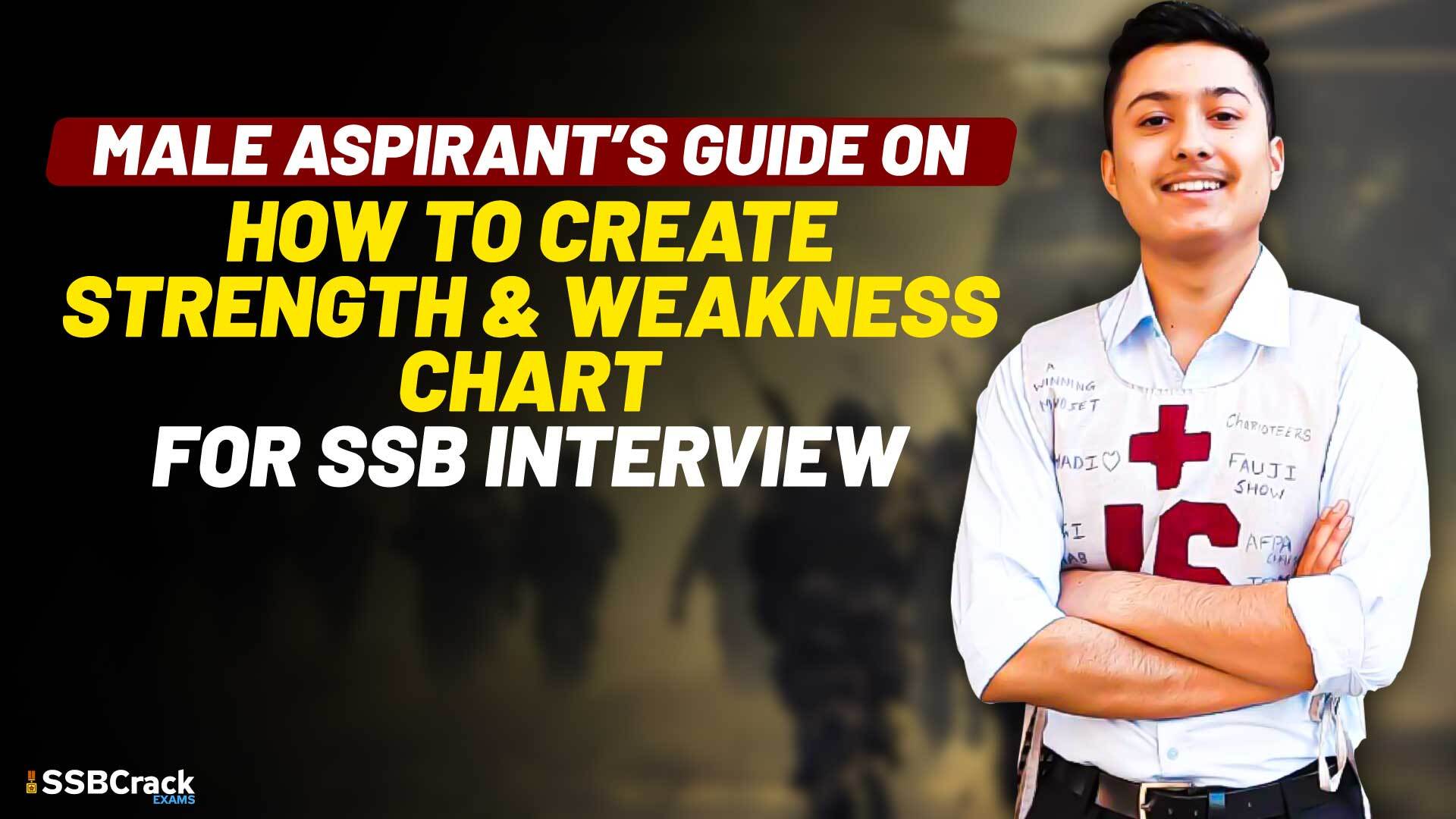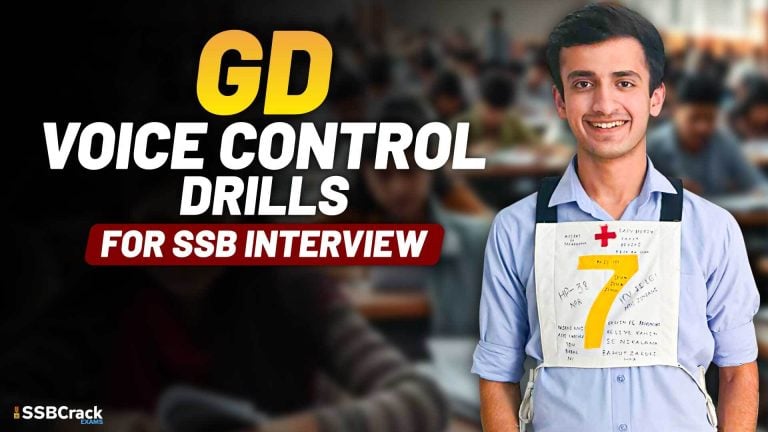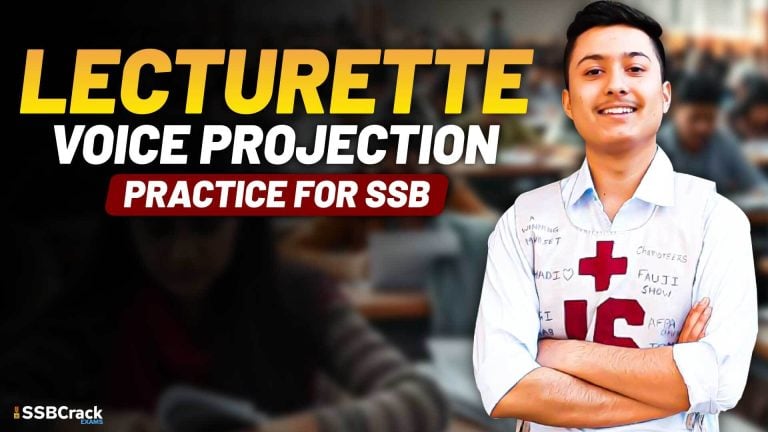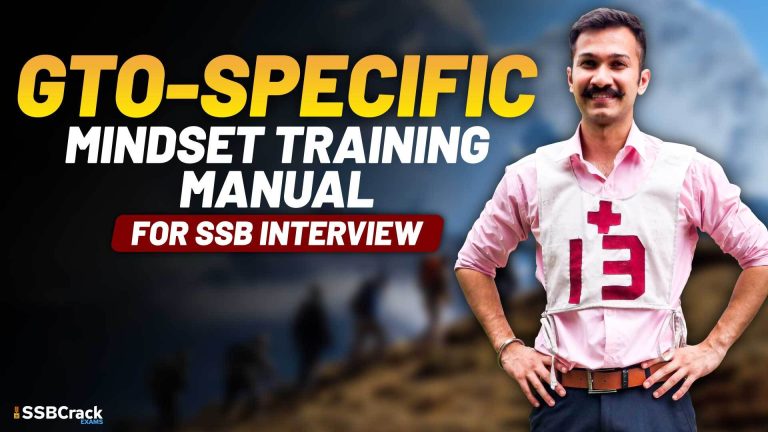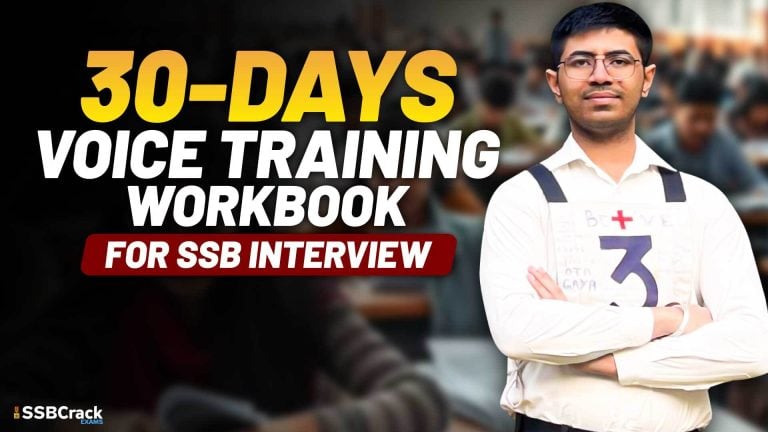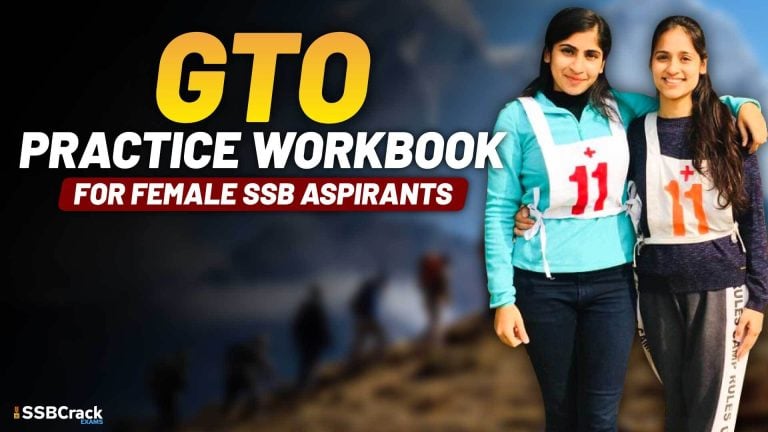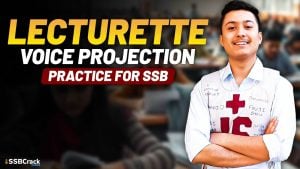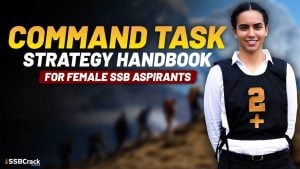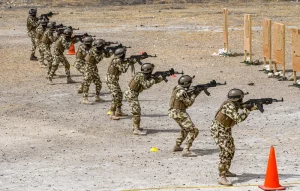Preparing for the SSB Interview is not just about mastering psychology, GTO, and interview techniques — it’s also about self-awareness. One of the most powerful tools for that is the Strength & Weakness Chart.
In this article, we’ll guide you step-by-step on how a male SSB aspirant can create his personal strength and weakness chart, reflect on key Officer-Like Qualities (OLQs), and use this tool to perform better in interviews, GTO tasks, and psychological tests.
Why You Need a Strength & Weakness Chart
The SSB Interview is designed to assess your inner personality, not just surface-level achievements.
Interviewing Officers and psychologists are trained to pick up inconsistencies. That’s why knowing yourself deeply — your strengths, limitations, and how you’re improving them — can set you apart from the crowd.
What Is a Strength & Weakness Chart?
A Strength & Weakness Chart is a structured reflection tool that helps you:
- Identify core OLQs you naturally exhibit
- Highlight areas you need to work on
- Create real-life examples for interview answers
- Show the assessors that you’re aware, honest, and constantly improving
Strength & Weakness Chart Template for a Male SSB Aspirant
| Category | My Strengths | My Weaknesses | What I’m Doing to Improve |
|---|---|---|---|
| Communication | Confident speaker in group discussions | Use fillers and fast speech during interviews | Practicing mock interviews & speech pacing daily |
| Leadership | Naturally takes initiative in group settings | Sometimes takes over tasks instead of delegating | Reading about team management, practicing delegation in college clubs |
| Physical Fitness | Fit and consistent in workouts | Poor long-distance stamina | Added weekly endurance runs in routine |
| Decision-Making | Quick thinker in stressful scenarios | Impatient in long-term planning | Using decision matrices for daily choices |
| Emotional Control | Stays calm under pressure | Gets affected by criticism | Journaling and mindfulness practice |
| Social Adaptability | Easily mingles with diverse people | Hesitates to speak in unfamiliar environments | Participating in local debate forums |
| Responsibility | Takes ownership of mistakes | Sometimes avoids tedious tasks | Using to-do list with accountability checkpoints |
| General Awareness | Updated with current affairs | Lacks deep analysis of international issues | Reading The Hindu and Rajya Sabha TV debates |
How to Fill It Honestly (Step-by-Step)
- Self-Reflection Session: Sit for 30 mins with no distractions. Think of real situations — college, home, NCC, games, etc.
- Ask for Feedback: From friends, mentors, or family — they often see our blind spots.
- Match with OLQs: Compare your qualities with the 15 OLQs.
- Avoid General Words: Don’t just write “I’m hardworking.” Prove it with examples.
- Be Honest, Not Perfect: The assessors value growth more than perfection.
How It Helps in SSB Interview
- In Personal Interview: When IO asks, “What are your strengths and weaknesses?”, you’ll have structured, real examples ready.
- In GTO Tasks: You’ll know when to step up as a leader and when to let others lead.
- In Psychology Test: WAT/TAT/SRT responses will be more authentic and aligned with your personality.
Quick Tips for Male Aspirants
- Link your strengths to real events (NCC camps, hostel life, college projects, sports).
- For weaknesses, always show what you’re doing to improve.
- Use this chart weekly to track progress — growth is a quality assessors love to see!
